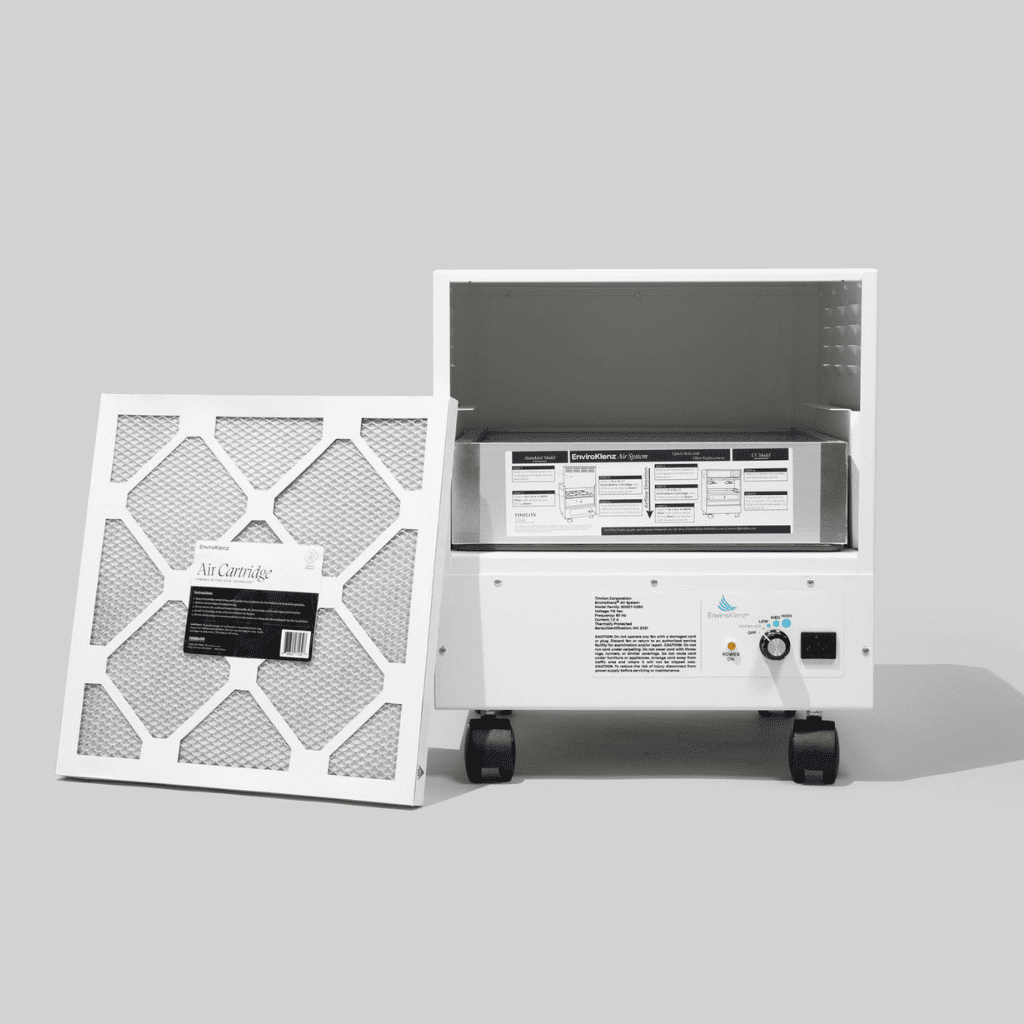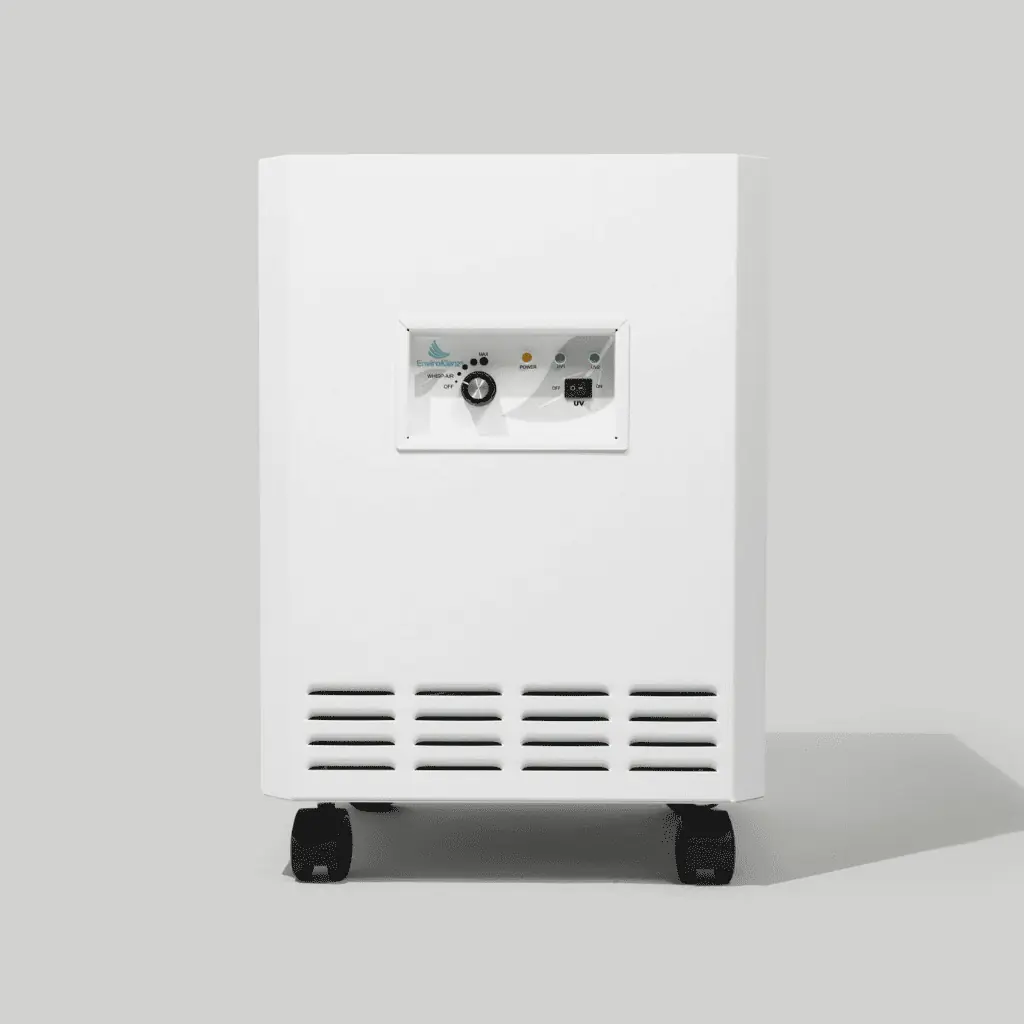Allergies can strike at any moment and depending on the conditions in the environment the flare can be either acute or fairly severe. An allergic reaction occurs when your immune system encounters an allergen and upon contact it will overreact in preparation for an invader to attack the body. However, these harmless allergens, which are not invaders (such as bacteria or viruses) but will be handled as such creating a significant reaction inside the body.
Typically, those who suffer from allergies will try to steer clear of potential allergens that they know irritate and strike a reaction such as pets or certain foods. However, when it comes to an allergic reaction to mold and the spores they produce it can be harder to avoid this allergen, particularly if you are not aware of this allergen’s presence in your environment.
How can you identify mold in your home and how can you eliminate mold/mold spore allergy symptoms?
How Do You Know if Mold is Making You Sick?
Mold is a type of fungus that is commonly found in both indoor and outdoor environments and can flourish in either depending on the conditions within these areas. This fungus can grow rapidly and unexpectantly, which can contribute to the potential health issues that can stir in individuals that are exposed to this mold induced allergens that are in the air.
A flare in allergies upon exposure to an environment can be a fairly indicative sign that mold is a potential issue within the area. This will include acute to severe symptoms that are correlated with allergies such as sneezing, watery eyes, nose and throat irritation, and other respiratory problems.
What Happens if You Breathe in Mold Spores?
When mold forms in an environment it will start to produce small, microscopic spores in an effort to reproduce and form on the surfaces in the environment. Once these mold spores form on surfaces it will elicit the growth of the mold. The real dangers, however, are presented when these tiny mold spores are found floating in the air, which means there is a risk of these spores becoming ingested or inhaled in the human body. When this occurs, it can spark severe asthmatic attacks and other symptoms that include:
- Coughing
- Wheezing
- Shortness of breath
- Chest tightness
How Do You Treat Mold Allergies
When and if mold allergies hit and you are struggling with potentially severe health issues, it may be beneficial to utilize the assistance of an air purifier to clean the air of mold allergens and mold spore contaminants. An air purifier is a filtration device that is used to clean the air and remove pollutants that have collected within the air space of the environment that it is treating.
The EnviroKlenz UV Air Purifier is a highly effective mold removal air purifier that utilizes a combination of patented earth mineral technology and UVC lights to effectively kill any collected microorganisms (such as bacteria, viruses, and mold spores). The air purifier contains the patented earth mineral air filter, along with a hospital-grade HEPA filter. The HEPA filter will capture fine particulate matter including mold spores on top of the filter, and above this HEPA filter the UVC lights are located above it to provide a high efficiency of kill to these mold spores.
EnviroKlenz UV Air Purifier Effectiveness Against Mold
The following experiment was set up to illustrate the impact of the UVC light in the EnviroKlenz Air System. Two EnviroKlenz Air Systems were set up in the same indoor air environment with HEPA filters installed. HEPA filters are designed to capture a broad range of particulate mater 0.3 microns in size and larger.
In one system the UVC light bulbs were turned on, while in the other system UVC lights were not used. The systems were allowed to collect particulate matter for 1 week. After the week of collection ended, the systems were turned off and the HEPA surface was sampled with sterile collection swaps and streaked on to the nutrient agar plates (MEA). The plates were then allowed to incubate for 10 days.
In the image above, the plates are observed. The MEA plate on the left has mold growth. This was the sample collected from the system without the UVC lights running, while the sample on the right shows the UVC light being on killed the mold and the resulting plate with no growth observed.










